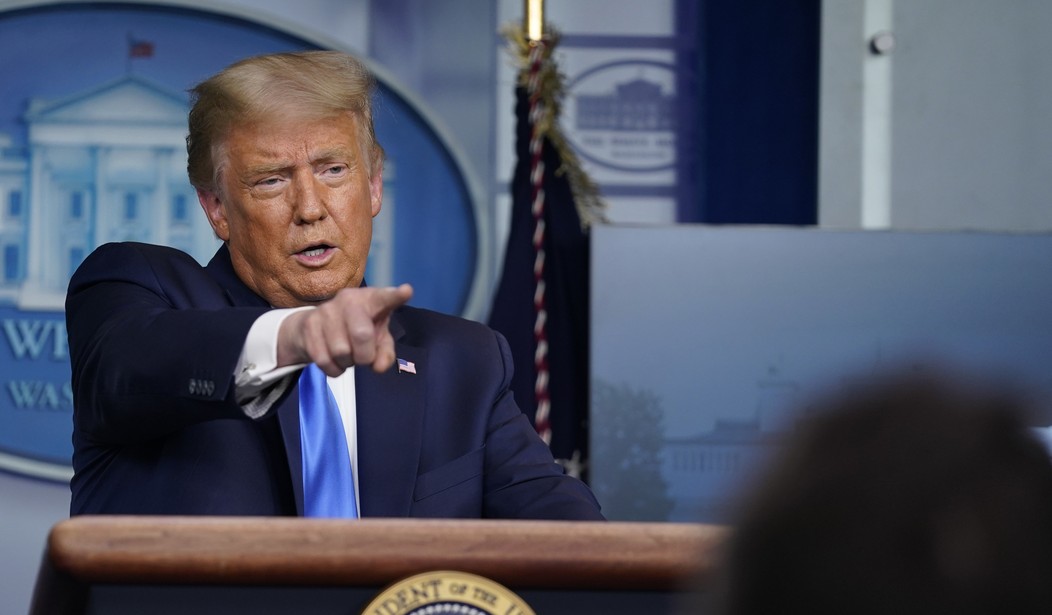When the Affordable Care Act—also known as ObamaCare—was being debated, we heard empty promises like “you can remain on your current plan” or “you can keep your doctor.” The promise-to-reality outcome was so off that “you can keep your doctor” became Politifact’s Lie of the Year in 2013. Despite the flashy ads and abundant promises, in reality, ObamaCare not only raised costs but took health care out of the hands of Americans and placed Medicaid on even worse financial footing through expansion to able-bodied adults. The already complex health care system became dominated by even more bureaucracy, even less transparency, and severe restrictions on patient choice. High premiums and government control became the new normal, putting bureaucrats—not patients—in the driver’s seat.
However, thanks to the hard work of the Trump administration and key decisions by Congress in the early years of his first term, control in health care decisions is beginning to find its way back into the hands of Americans rather than the government or special interests.
First, President Trump expanded Association Health Plans (AHPs)—a powerful tool for small businesses to get on the same playing field as their large competitors when purchasing health coverage. AHPs help uninsured small business owners and their employees access affordable coverage by breaking down government-imposed barriers that large companies don’t have to abide by. In fact, the administration’s rule changes to expand AHPs have the opportunity to provide millions of Americans with coverage with far lower premiums.
The administration also extended short-term plans (STPs), which are excellent and affordable options for the millions of uninsured Americans. These plans are especially attractive for Americans in-between jobs or in need of affordable gap coverage. By expanding the duration of these plans, consumers now have access to yet another tool in the toolbox to achieve low-cost options without sacrificing quality.
Recommended
After ObamaCare gave states the option to expand Medicaid to millions of able-bodied adults, enrollment exploded. It wasn’t the boon to hospitals that supporters of expansion predicted and promised. Instead, already stretched state budgets are stretched even thinner, and hospitals are being forced to close due to the lack of revenue. The Trump administration has offered states a path to walk back from the brink through commonsense Medicaid work requirements for able-bodied adults.
During the COVID-19 pandemic, the Trump administration took decisive action by loosening telehealth rules, which has been critical for millions of older Americans on Medicare who were suddenly unable to access their providers in-person. And in August, the president signed an Executive Order to make many of these telehealth changes permanent—empowering Americans with disabilities, those with chronic conditions who require frequent medical consultations, and those without access to adequate transportation to continue receiving care from the comfort of their own home.
President Trump also took decisive action to take on big hospital executives by establishing a new rule to improve price transparency and provide Americans with the real cost of health care services beforehand. For far too long, health care prices have been about as clear as the swamp in Washington. This change represents a strong step towards empowering everyday Americans and improving competition in health care. Despite the protests of hospital executives wanting to conceal prices from consumers, this crucial rule was upheld by a federal court in June.
And finally, President Trump successfully repealed the individual mandate penalty under ObamaCare—a blunt mechanism that punished Americans for not purchasing health insurance or purchasing insurance that politicians simply didn’t like, such as short-term plans. Health insurance is a deeply personal choice, and no family should face steep fines because they chose incorrectly in the eyes of the government, especially when the approved options are far too expensive.
Together, these strong actions—expanding AHPs, extending short-term plans, loosening telehealth rules, improving price transparency, and quashing the individual mandate—have given Americans more control over health care once again. And unlike as we saw with ObamaCare, the current occupant of the White House actually kept his promises of expanding health care choice and freedom to millions.
This hard work should not go unnoticed—and we should be thankful that the pendulum is finally starting to swing away from the bureaucrats and towards patients and consumers.
























Join the conversation as a VIP Member